Thirty-one years ago I set off on a quest to look for a species so rare that it seemed as mythical as a Phoenix. Not only was it almost unknown, but also the Okinawa Rail had only recently been discovered. It was, as reporters like to say, a species new to science. Nothing was known about its numbers, its distribution, its habitat or its behavior — yet, with the audacity of youth, I set off in search of one. The first specimen cited in the few extant records was from the northern third of Okinawa, the forested hills known as Yambaru. Hence the bird I went in search of was the Yambaru Kuina.
Smartly plumed in slate and silver with red legs and feet and a large yellow-tipped red bill, it seemed astonishing that this flightless bird remained barely known on such a populated island — albeit that it lives in the shady forests in the least populated northern third of the island.
A number of ornithologists had missed the opportunity and accolade of its discovery, though Japan's great sound recordist, Tsuruhiko Kabaya, had actually taped its calls while working in the area in the mid 1960s. At the time, however, the then unknown vocalizations were put down it seems as unknown calls of the rare Pryer's Woodpecker that also lives in those forests.
Dr. Lester Short, a famous American woodpecker specialist who spent time in Yambaru in the early 1970s researching those birds, noted what was actually a rail sighting but which he wrongly described as another species — seemingly unconcerned that that one had previously only been recorded on the Yaeyama Islands further south (and with different plumage features). But then he was researching woodpeckers.
Either of these men, and several others who made sightings or even, in the mid 1970s, took photographs, might have discovered this remarkable species — but didn't. That distinction fell to a local resident who found a dead specimen beside a road and despatched it to the Yanashina Institute for Ornithology in what was then Tokyo's leafy suburb of Shibuya.
Imagine the surprise of the ornithologists there as they unpacked the parcel and were confronted not just with a rare specimen, but what is known in biological circles as the "type specimen" — the very first one of a species.
A team set off for the area intent on trapping one, and their success in that endeavor led to the species being officially recognized and described in 1981.
I arrived in Japan in January 1982 having recently graduated with a doctorate in ornithology for my studies in Scotland and Iceland. From the outset I became a regular visitor to the Yamashina Institute's laboratory, library and museum and to the nearby offices of the Wild Bird Society of Japan. It was then mere months after the identification of the mysterious new rail, and both organizations were abuzz with the excitement of the discovery — the first entirely new bird found in the country for more than a century.
The Okinawa Rail (Gallirallus okinawae) seemed an almost unimaginable holy grail of a bird, but I was determined to set off on a quest for it. So it was that in December 1982, barely a year after the rail's official description, I was wandering on foot along the backroads and trails of northern Okinawa in search of a ground-foraging, fleet-footed denizen of dense vegetation.
It's one thing to search for a bird when you know where it lives, what it does, when it's active and where others have seen it before — but when next to nothing is known about it, it's like looking for a mobile needle in a mountain range of haystacks.
That year Christmas Day, a Saturday, was damp and tending to rain and would have been rather miserable had I not had the companionship of another young quester, a Dane by the name of Michael. We slogged and slogged our way around wet tracks from dawn onwards, while imagining what our compatriots in our respective countries were doing on that day. Then near dusk as we about ready to give up, I heard a strange shrill squealing call "pu-reeee." Straight afterward, when we both caught a prolonged glimpse of an unmistakable red-billed rail dashing through the vegetation, we were transported from impending depression to elation in a mere moment.
Over the following three years I was to return to Yambaru many times to study this species, their behavior and vocalizations, even mapping their distribution. I soon found it best to search at night when they appeared to roost in trees, or by listening for their responses to playbacks of their calls.
Taking others to see them was an immense challenge, as during research trips in 1984 I wrote in my notes how fortunate I felt to have found four birds in a week. Eventually, though, I found places where with stealth and great patience it was possible to sit on the forest floor overlooking pools and have a chance of a rail putting in an appearance.
Nevertheless, the easiest way — but still not easy — proved to be by patroling the forest tracks at night in search of owls, spotlighting potential rail roosting trees along the way in the hope of finding one in view and asleep. I spent many sleepless nights in this pursuit, occasionally finding rails, and saw many of the other creatures of those fascinating forests.
The rail's flightless nature, seemingly putting it at risk from ground predators in its evolutionary history, has led to it clambering high into trees in which to roost at night. I watched birds climbing with their strongly clawed toes, and I watched them descending by jumping with wildly fluttering wings. Every sighting was a thrill.
Then came news that mongooses introduced by people who thought they would help to reduce the island's native reptile fauna were eating just about anything — including young rails. The days of the speciae seemed numbered, and finding them seemed ever harder as their range contracted northward through the 1990s.
After that, other commitments stopped me returning to Yambaru for many years, and when I did it was to find that much had changed — not least regarding the rail.
I heard tales of them being more diurnal and less nocturnal, of them being more easily found, and being more readily photographed. For some unknown reason, whether a shift in the food supply or availability or a reduction in predators (great efforts have been made since 2002 to control mongoose numbers by trapping), this elusive and largely (it seemed) nocturnal species had changed its habits and had become more visible during daytime.
But what I heard from others was at such odds with my experiences of the 1980s and '90s that I had to return.
On my most recent, as we set off in search of the rail I warned the birder with me that we might spend hours searching in vain. In fact we encountered the first one after less than 30 minutes. We went on to see more, to hear the strange squealing calls of this highly vocal species and even to find them at their nocturnal roosts. We logged more than 80 sightings and heard more than 20 more over 3½ days in Yambaru. Yet, though we had the kind of repeated, prolonged and close-up views that birdwatchers dream of, somehow that glimpse on rainy Christmas Day 1982 remains more strongly etched in my memory. What a day! What a bird!
Mark Brazil, naturalist and author, has written Wild Watch for more than 30 years. He also organizes and leads wildlife, birding and photographic excursions around Japan, and is the founder of Japan Nature Guides. His latest book, a collection of essays titled "The Nature of Japan," is out and available exclusively from japannatureguides.com.



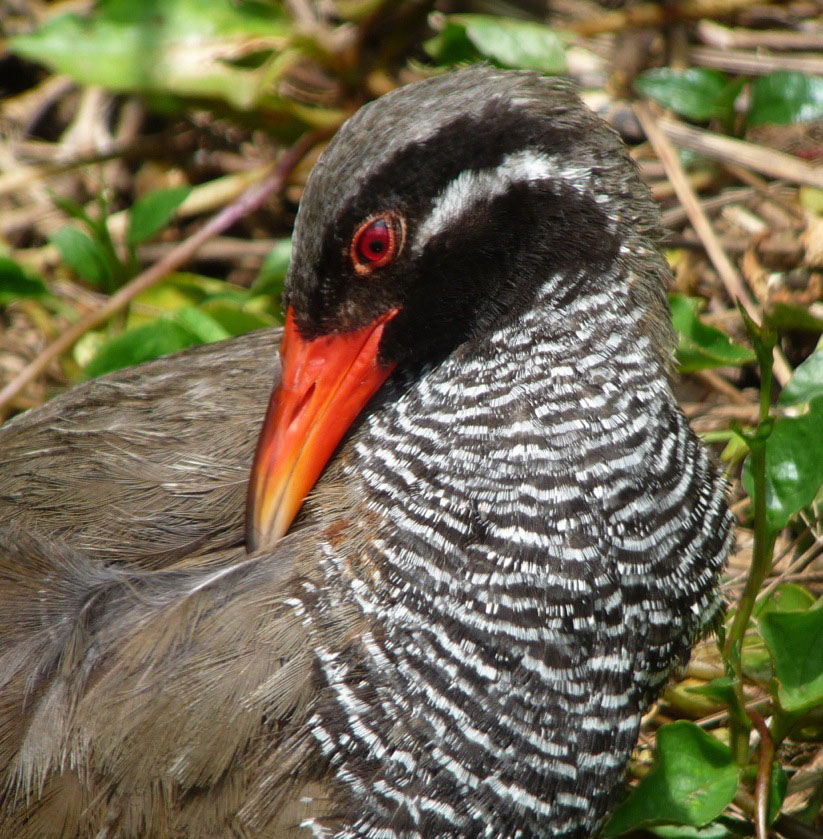
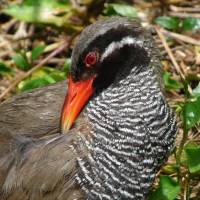
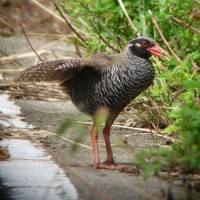
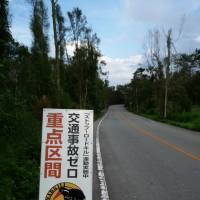
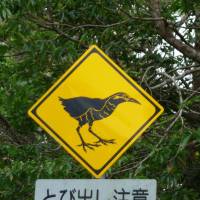














With your current subscription plan you can comment on stories. However, before writing your first comment, please create a display name in the Profile section of your subscriber account page.